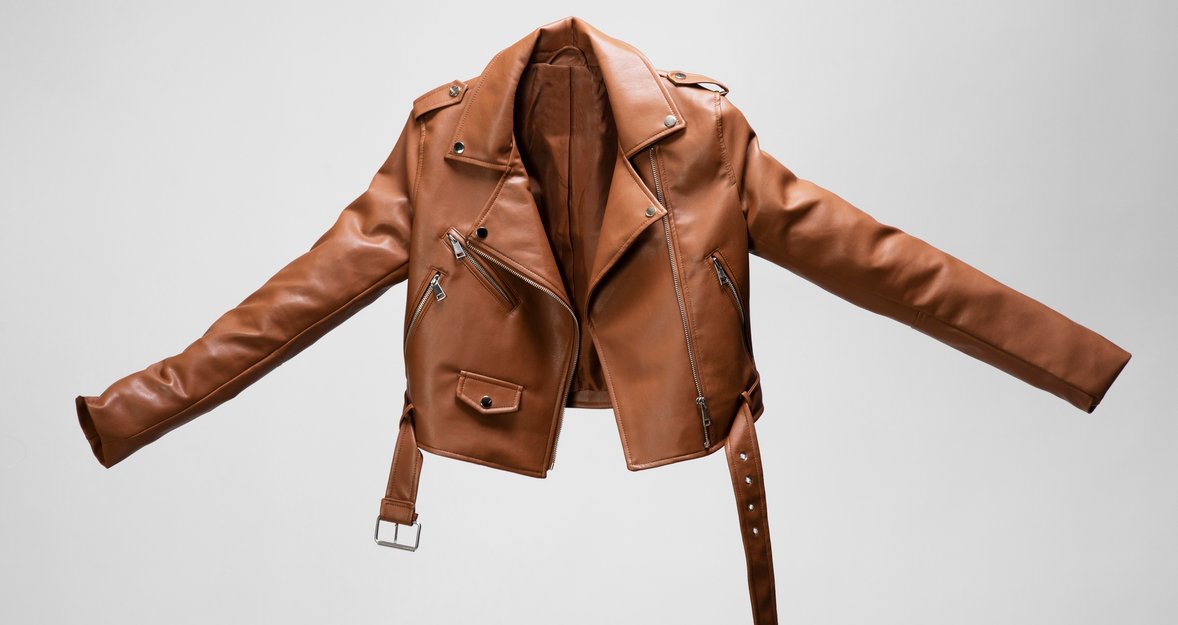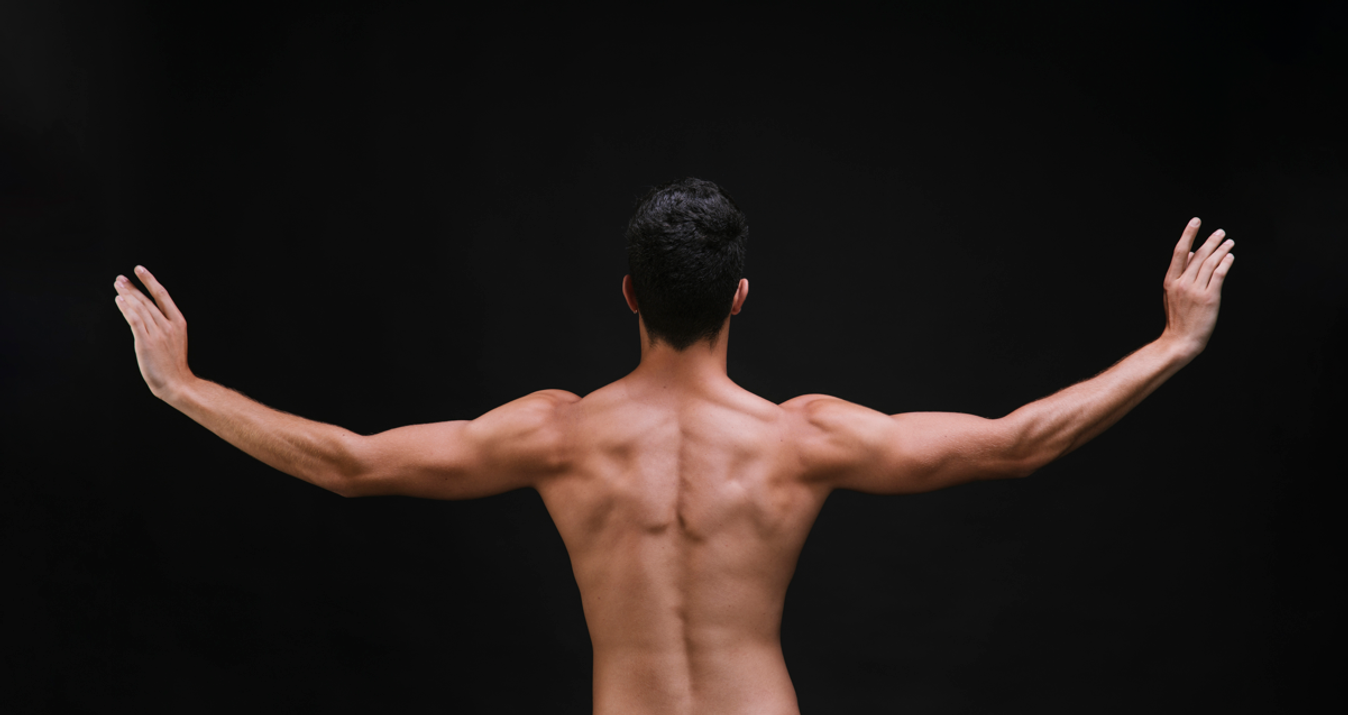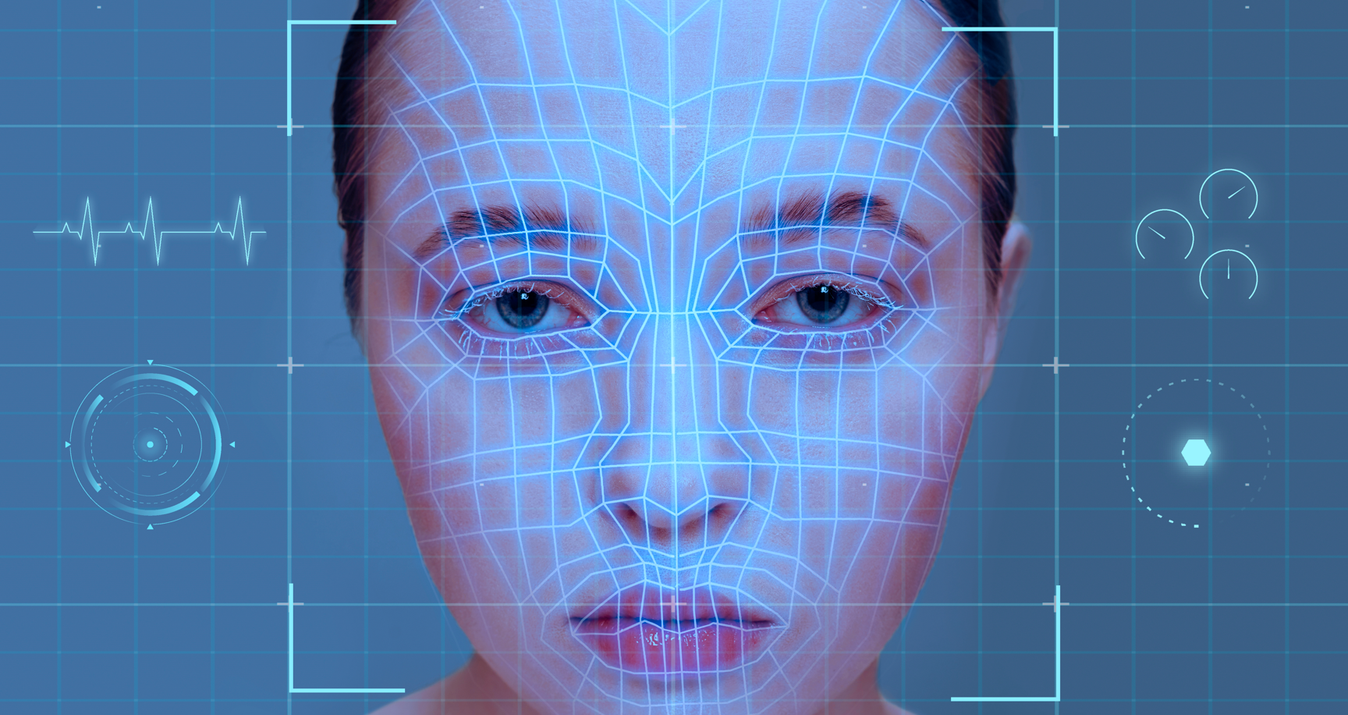How To Photograph Clothing: Guide For Online Shops
Last Updated on May 02, 2025

Discover essential techniques to showcase products accurately, build customer trust, and boost sales through high-quality imagery.
Clothing product photography for an online store requires a special approach. The objective in photographing static objects includes showing their merits both accurately and with attractive presentation. People photography allows the capturing of emotions and environmental elements that cannot be accomplished when taking pictures of clothing. High-quality, realistic photographs that have great airiness help build customer loyalty while attracting them to begin with.
Online shopping for clothes continues to gain consumer popularity every year. The total number of online shoppers worldwide exceeds 2.71 billion, representing approximately 33% of the global population, according to 2024 calculations.
Shoppers heavily depend on images retailers provide since they cannot physically observe products. Research indicates that product photos influence at least fifty percent of shoppers before purchasing clothing.
Popular Styles of Subject Photography
The effective presentation of clothing products in apparel photography depends heavily on the decision of the appropriate style choice. The appropriate method for capturing clothing images depends on what the brand represents and the communication goals for its target audience. Different styles of product photography are often used for apparel product photography.
Flat Lay Photography
 The process of flat-laying a garment on a table before shooting it from above constitutes this photographic technique. Such photography aims to showcase garment design elements with plain tables serving as the background while revealing material structures and decorative aspects.
The process of flat-laying a garment on a table before shooting it from above constitutes this photographic technique. Such photography aims to showcase garment design elements with plain tables serving as the background while revealing material structures and decorative aspects.
To get a successful flat lay:
Prepare the elements of the shoot in advance. Make sure the garment is clean and crease-free. Use steamers to keep clothes looking neat.
Think about the combination of different elements. Carefully arrange the clothes, taking into account symmetry and balance. Add light accessories so as not to overload the image.
Don't forget about lighting. Use soft, indirect lighting to avoid harsh shadows. Natural light or a softbox will work.
Flat photos are quite good for Instagram and lookbooks. It gives the effect of cleanliness and consistency.
Mannequin Photography
 The best way to photograph clothing and showcase its fit and structure is through mannequin photography. In this method, a mannequin is used to photograph the garment, and then photographers remove it in post-processing to produce “ghost” images. This shooting method allows you to showcase the garment, emphasizing its shape's integrity, and avoids using a model.
The best way to photograph clothing and showcase its fit and structure is through mannequin photography. In this method, a mannequin is used to photograph the garment, and then photographers remove it in post-processing to produce “ghost” images. This shooting method allows you to showcase the garment, emphasizing its shape's integrity, and avoids using a model.
How to conduct the shoot:
All items should fit firmly. Clothing items should be in the basic mannequin position to create a noticeable visual integrity.
Use of post-processing tools. The photographer removes the mannequin to make the image appear ghostly or hollow, paying close attention to visual details. At this stage, the change background color of the photo and its visual appeal can be enhanced.
This method gives shoppers a clear view of the drape of clothing and how clothes of different sizes and types sit on their bodies, allowing them to make better purchasing choices.
Model Photography
 Apparel photography with live models makes the presentation dynamic and easy to perceive. Slender or shapely, tall or short models bring clothes to life by showing them in motion, adapting them to different figure types.
Apparel photography with live models makes the presentation dynamic and easy to perceive. Slender or shapely, tall or short models bring clothes to life by showing them in motion, adapting them to different figure types.
Exclusive Tools of Endless Possibilities in One AI Editor
Explore Now!How to realize this style of shooting:
Select models carefully. Bring models that match the target audience to make them more in tune with the brand.
Stylize the entire look. Make sure the hair, makeup, and accessories are in line with the brand image and match the clothes.
Live posing. Use spontaneous poses and the natural mood or lifestyle you want to convey.
This style is fine for creating an emotional attachment to the audience, as it makes customers think they are wearing the products.
Lifestyle Photography
 Lifestyle photography showcases clothing in everyday life, showing how it will fit into your work, leisure, or entertainment. This type of promotion allows you to build a brand and appeal to people personally.
Lifestyle photography showcases clothing in everyday life, showing how it will fit into your work, leisure, or entertainment. This type of promotion allows you to build a brand and appeal to people personally.
How to realize your ideas in this style:
For the photo shoot, choose real places where people frequent. Choose locations that match the intended use of the clothing, such as city streets for casual wear or a stadium for activewear.
Present the benefits with text. Talk about comfort, practicality, or style.
Don't forget about natural light. Use natural or diffused lighting for a more realistic scene. Also, color reproduction will be better in natural light.
Lifestyle photography today is often used for social media marketing, editorials, and marketing campaigns that tell a big story about a product. This can be done using Luminar Neo's tool for how to post multiple pictures on Instagram without cropping. Each type of photo serves a different purpose, helping brands spectacularly showcase the apparel and thus attract the attention of potential customers.
What Equipment is Needed for Clothing Photography
 High-quality frames are necessary for e-commerce as they influence customer decisions and showcase product details. A well-equipped studio ensures accurate colors, crisp textures, and professional presentation. To get the right results, you have to purchase the right camera, lighting, backdrops, and styling tools.
High-quality frames are necessary for e-commerce as they influence customer decisions and showcase product details. A well-equipped studio ensures accurate colors, crisp textures, and professional presentation. To get the right results, you have to purchase the right camera, lighting, backdrops, and styling tools.
Camera and Lens Selection
A high-quality camera is essential for ecommerce clothing photography to capture details, textures, and colors accurately. A professional grade DSLR or mirrorless camera gets the best result. Superphones with high-end cameras will also be available at budget arrays:
recommended cameras — Canon EOS 5D Mark IV, Sony A7 III, Nikon D7500;
the top lenses are a 50 or 85 mm prime for sharpness and depth, a 24-70 variable focal sweet bread.
Photo editing for e-commerce allows you to give them a marketable look quickly.
Lighting Setup
Proper lighting is critical for a clothing photography setup to minimize shadows, highlight fabric textures, and guarantee color accuracy. The lighting you need depends on the shooting scenario and the picture style you are after.
A variety of light source positions is a good way to get the most out of clothing photography, especially when it comes to accentuating prints. Use a point lighting kit with variable stands, or create a personal touch by combining studio lights to achieve the desired effect.
Lighting type | Best for | Main features |
Softbox Lights | Studio and controlled shots | Even mild lighting reduces an excessive shadow of large size. |
Ring Lights | Close-up fabric details | Circular, uniform illumination. |
Natural Light | Lifestyle and flat lay | Soft, natural tones require proper timing. |
LED Panels | Adjustable brightness | Consistent lighting and customizable temperature. |
A three-point lighting arrangement (main light, fill-light, and backlight) is ideal for a controlled space with incidence of depth and balanced exposure.
Backdrops and Reflectors
For ecommerce clothing photography, clean and distraction-free backgrounds are necessary to keep the focus on the product. Standard product images require a seamless white or neutral-colored background as the best option. The use of textured backgrounds creates depth when taking creative photographs.
How to use different backgrounds:
Seamless paper rolls. The seamless white background with neutral-colored backgrounds is suitable for studio photography because it creates uniformity while maintaining cleanliness.
Textile backgrounds. A combination of these backdrops provides ideal results for reducing both glare and creases, particularly for lifestyle photo sessions.
Reflectors and diffusers. Such tools enable photographers to regulate light intensity while destressing lighting effects to achieve adequate exposure control.
White foam boards with reflectors will redirect light to minimize shadow effects on clothing items.
Styling and Support Tools
A well-prepared clothing photography setup includes tools to maintain the garment’s appearance during the shoot. Improper folding and dressing techniques will result in poor results in the final photos.
To correct the flaws, you may need:
Steamers and irons. Smooth out creases to give the fabric a professional look.
Pins and clips. Garments' proper fit and shape must be adjusted for mannequins and flat-lined presentations.
Mannequins and hangers. To achieve a natural look, place garments in a natural position, showing their original shape.
Always arrange clothes in neat patterns and place accessories they are normally modeled throughout the day.
A quality investment in the right equipment produces images that attract potential customers and reduce returns. A combination of reliable cameras, the right lighting sources, neat locations, and proper styling equipment create a high-end environment for superior merchandise display.
How to Photograph Clothing for Your Ecommerce Store
Achieving superior photography standards of clothing items and image brightness editor increases customer attraction and decreases return rates. A proper method of organization establishes uniformity while enhancing fabric visibility and creating professional presentations for your products. The following steps will help you achieve optimum results in your e-commerce apparel photography approach.
Set up a proper studio. The best way to photograph clothing is with consistent lighting and a neutral backdrop. Use softbox lights, reflectors, a sturdy tripod, and a mannequin or table for stability.
Choose the right camera settings. Aperture f/8-f/11 for clarity, shutter speed 1/125s or faster, ISO 100-400, white balance match lighting setup, lens 50mm or 85mm for natural proportions
Use ghost mannequin and flat lay techniques. Shots create a 3D effect using a removable-neck mannequin. Flat lays work well for casual wear, even lighting and wrinkle-free garments.
Verify color accuracy and texture detail. Use a gray card or color checker to get realistic hues. Adjust contrast and sharpness to highlight fabric details without over-editing.
Post-production editing. Refine your images with cropping, color correction, and background cleanup to make them consistent.
A controlled set-up for clothing photography maximizes consistency and reduces returns. Indoor studios provide consistent lighting, making product images more accurate for online shoppers.
Your AI-Powered Photo Editor for MacOS and Windows
Discover Now!To Conclude
Online shops depend on high-quality photography to drive customer choice and build brand identity. Using the right lighting, selected backgrounds, and professional equipment helps products convey accurate colors and showcase fabric details effectively. The refinements achieved during post-processing help in creating uniformity in product image collections. A photographic facility designed for quality production results in fewer returns and builds trust between customers and companies.
FAQ
What Is The Best Clothing Photography Setup?
A studio with a neutral background, softboxes or umbrella lights, a tripod, and a mannequin or table for flat lay for best focal length for product photography. It is to provide even lighting and minimize shadows to capture colors and textures.
What Is The Best Camera For Clothing Photography?
DSLR or mirrorless camera with manual settings, 50 mm or 85 mm lens, ISO 100-400, aperture f/8-f/11.
What Is The Best Lighting For Clothing Photography?
Two or three softboxes with temperature 5000K-5600K, reflectors to eliminate shadows, uniform lighting without harsh glare.
How To Take Photos For a Clothing Website?
Use a mannequin, flat lay, or model, shoot on a white or neutral background, make sure the fabric is even, and use a tripod and proper camera settings.
How To Stage Clothes To Sell Online?
The clothes you will photograph should be ironed, use a mannequin or flat styling, add accessories for context, and take care of lighting and a minimalistic background.






